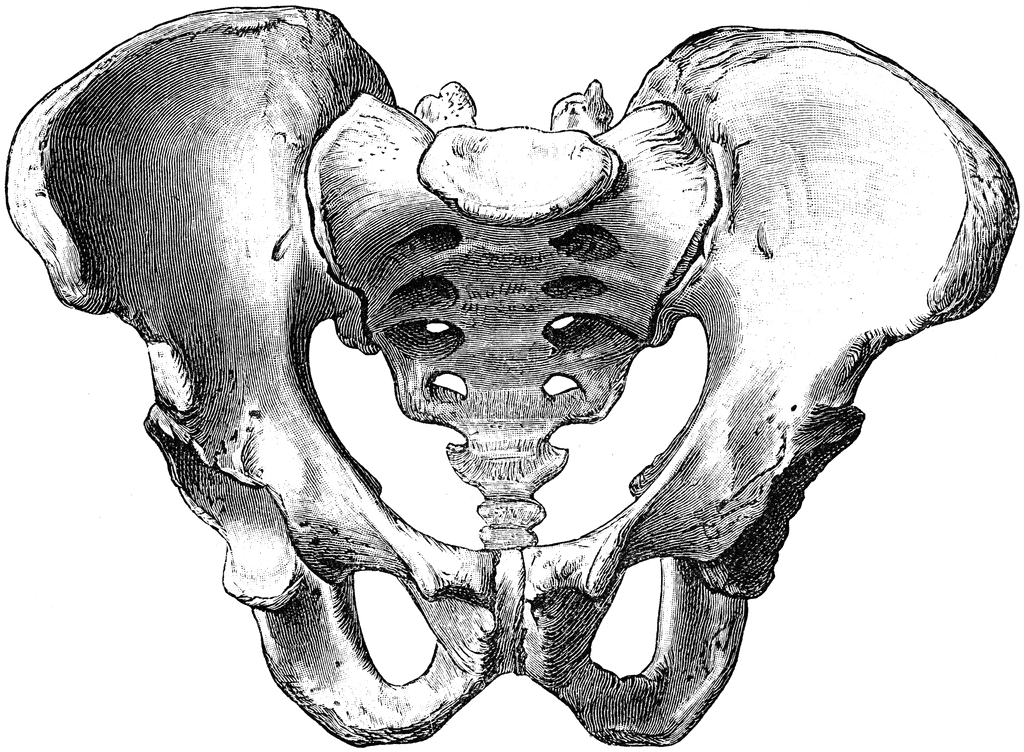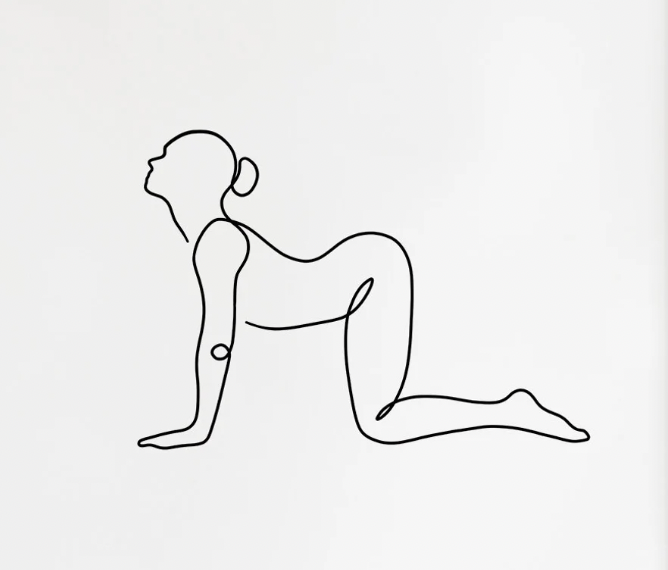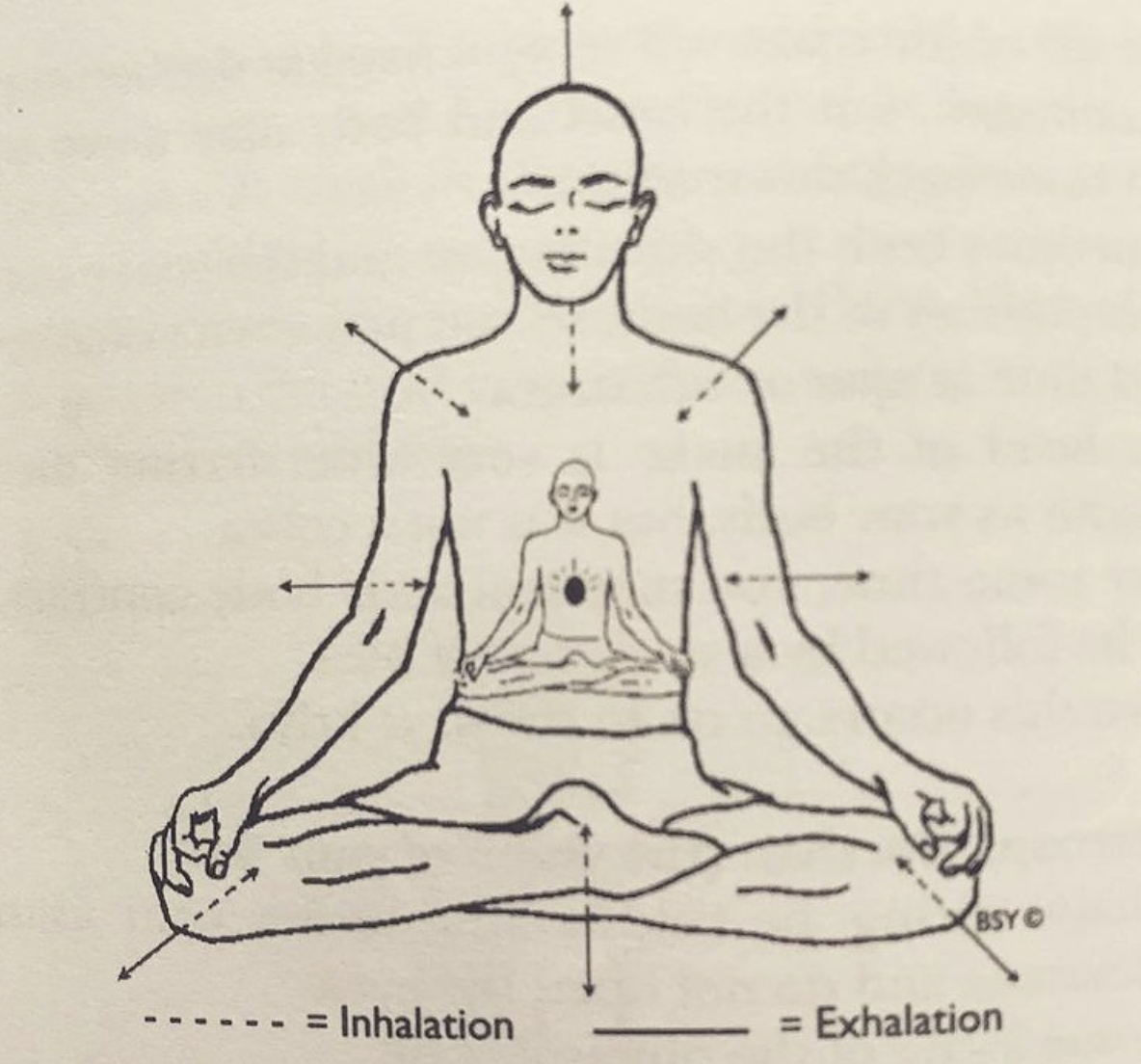Fertility is plummeting.
For both men and women, more are facing issues with infertility than ever before. There are various factors that contribute to this decline including testosterone levels decreasing in men, the rise of endometriosis and PCOS in females, strict diets that remove food groups, the rise of insulin sensitivity, increase in autoimmunity and nutrient deficiencies.
I love when I get the chance to work with people who are striving to become parents. It's the most special feeling when one of my clients, who has been wanting to be a new parent, sends me a message to tell me they're expecting.
I want for those that want to be parents, to experience that kind of joy and overwhelming love.
Here are some of the top fertility boosting foods and their benefits in aiding fertility, for both men and women:
BONE BROTH: packed with collagen and ample protein, bone broth supports nearly every system of the body. Make your own at home using bones from grass fed animals or buy ones from brands such as Kettle Fire and Bonafide Organics
LEAFY GREENS: spinach, arugula, chard, kale, dandelion greens, all help increase circulation, support the liver and gallbladder and are beneficial for bone health because of the volume of vitamin K. Add a bed of greens to your lunch or dinner either raw or lightly steamed
WILD PASTURE RAISED MEATS: while I have had a number of vegetarian clients, I really cannot stress enough the importance of eating quality meat. Meat carries with it various nutrients that are otherwise not found abundantly in other foods, especially B12. And B12 is vital for development of the nervous system - for both mom and baby
HEALTHY FATS: monounsaturated fats found in avocado, olive oil, coconut and grass fed dairy contain anti-inflammatory properties that help improve fertility and promote regular ovulation
GRASS FED ORGANIC RAW MILK: IF you can tolerate it, organic raw milk from cows, sheep or goat is one of the most powerful ancient foods. Raw dairy contains essential enzymes, probiotics, vitamins A D and K2 and all 22 essential minerals
If you are trying to conceive or on the journey to one day become a parent, and want to explore ways to do so through nutrition, lifestyle routines and diagnostic testing…
Click this link here to schedule a free 20min call





